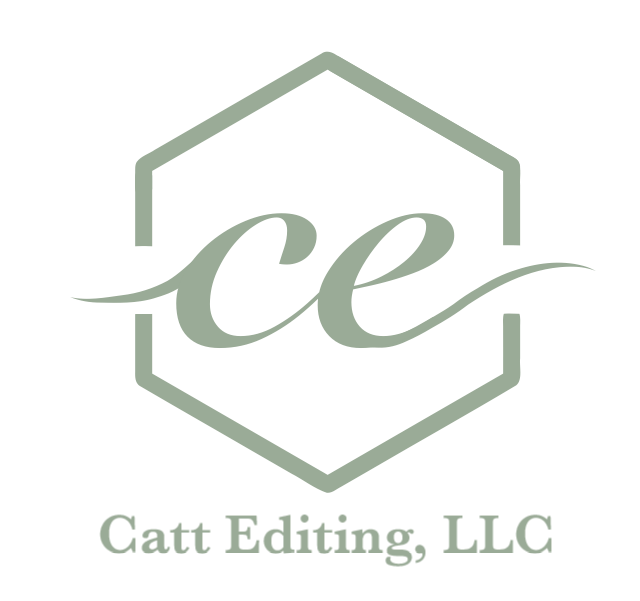Understanding Tense
Let’s talk about tense! Tense is used to create different moods and attitudes throughout your book. It’s common to keep the same tense through the entire book, but some books change it up depending on the timeline, perspective, or goal they are trying to achieve. The tense you choose really depends on your goals and genre.
Present Tense
“I am typing on my computer. My cup of water is almost empty. I get up for more water.” Right this moment, this is what I’m doing. I’m telling it as it’s happening. This makes present tense very immediate and close up.
Fiction
Present tense is a little exhausting to read for an entire novel. This tense is great for short stories. In a novel, it’s often mixed with past tense to give the reader a break, but you have to be intentional about the tense changes to not confuse the reader (e.g., start a new chapter or section). You could also have two different viewpoints with one being present tense, one past tense. It really depends on your genre.
Present tense can also be used to create tension or a sense of urgency. The Night Circus by Erin Morgenstern uses present tense for the entire book to place the reader in the circus. It’s immediate and mysterious.
Nonfiction
Self-help writers may use present tense when talking about what the reader can do now to achieve their goal. This brings the reader into the book to force them to consider their own life and make decisions. That’s the point of a self-help book, so present tense is awesome for this genre.
I write all of these blog posts in present tense to better let you apply the things you learn. Most informational nonfiction is written in present tense. (This has to do with the point of view as well—second person, using “you.”)
Past Tense
“He baked a cake, then he frosted it. They ate it together. She did the dishes to clean up.” This happened in the past, and now I am reporting it back to you.
This is the more common tense for narrative genres. I also find it a little easier to write stories in past tense—that may be why more novels are written in this tense. In non-narrative works, it’s common to use past tense to explain personal experiences, talk about experiments, or relive events.
It gets a little funky when you want to write about something that happened in the past, but you’re already writing in past tense. For example:
He baked a bake for his wife since she had gotten a raise that morning.
“Baked” is simple past (what you’re used to). “Had gotten” is past perfect to express that it happened before the story’s present. Use past perfect to talk about things that happened before the story’s present. Here’s another example:
Claire loved her dog. She had been so happy to get it last year.
The story is talking about how much Claire loves her dog. That’s the story’s present. Then it shoots way back to when she got the dog a year ago. This is in the story’s past, so you use past perfect.
To talk about regularly occurring events that happened in the story’s past, use the habitual past. Example:
She used to walk to the train station every morning before she bought a car.
Habitually, she walked to the train station. This happened in the story’s past, so it’s in habitual past.
Keep these things in mind when choosing tense in your book, and make sure you don’t jump tenses without meaning to. This is something line editors look for when editing or evaluating your book! If you need help with tense, feel free to reach out to me for an edit or line evaluation. I’m happy to provide a sample edit for line editing to see if we’d be a good fit!
